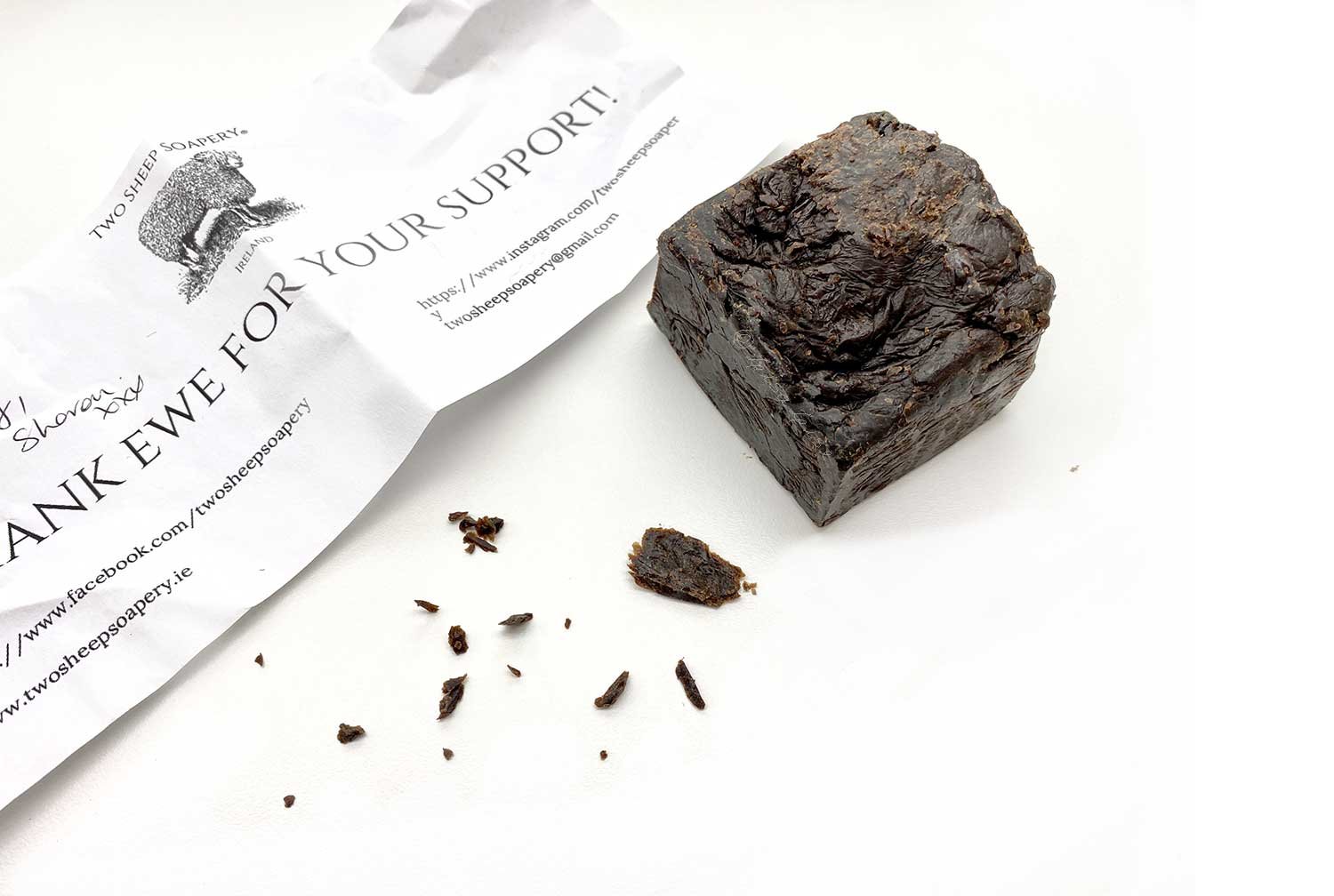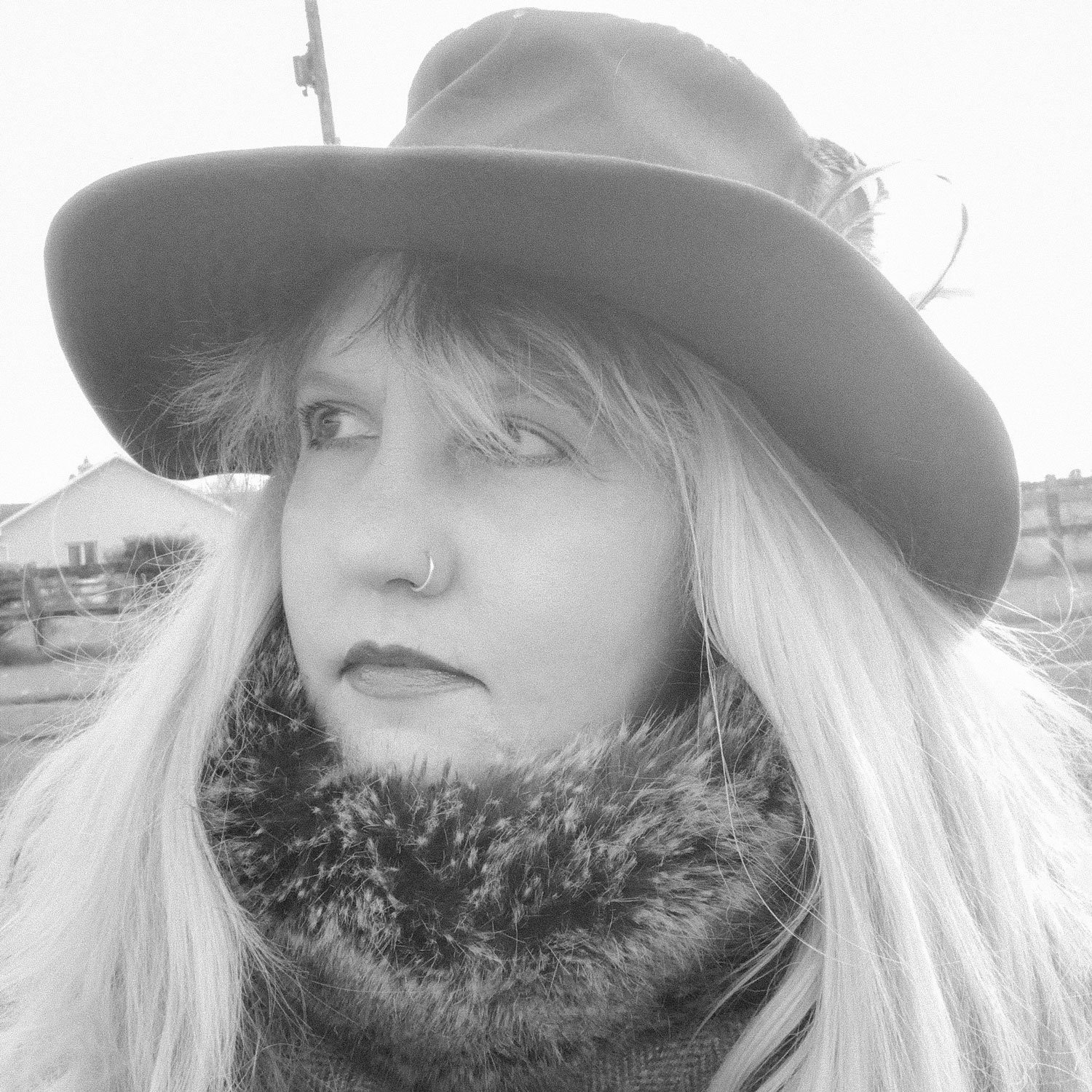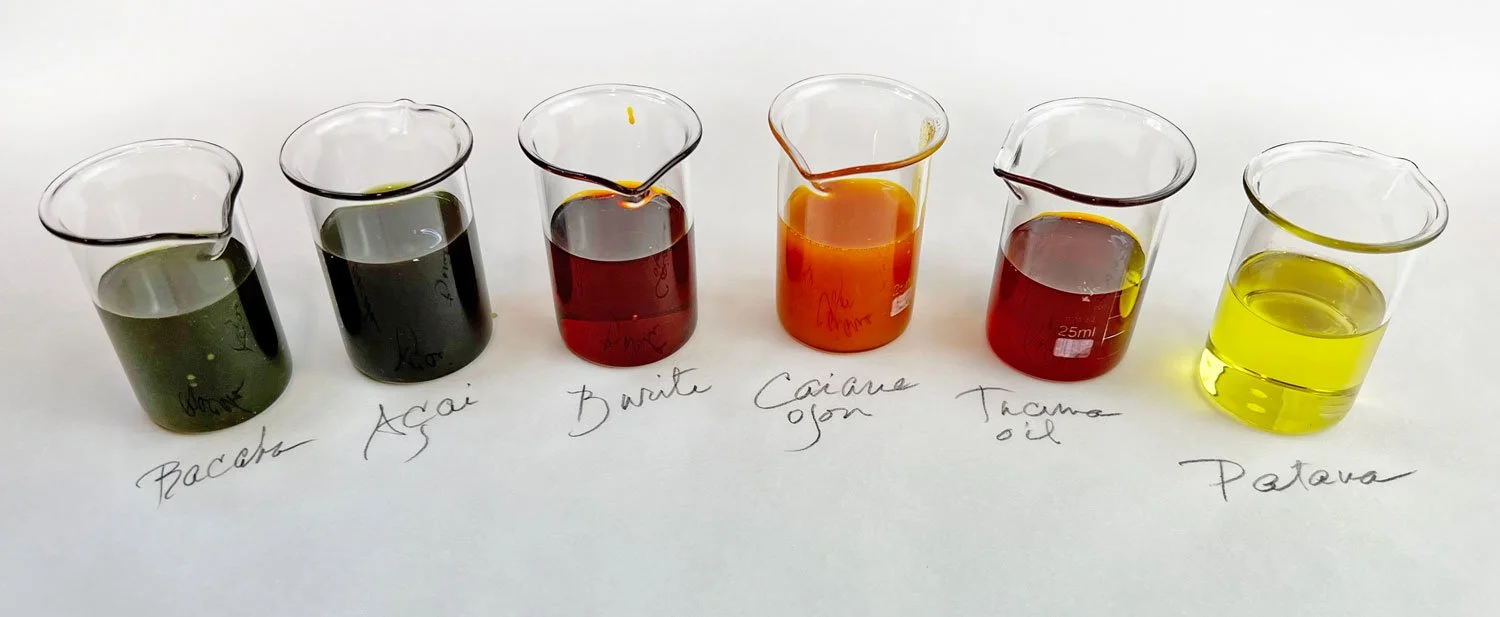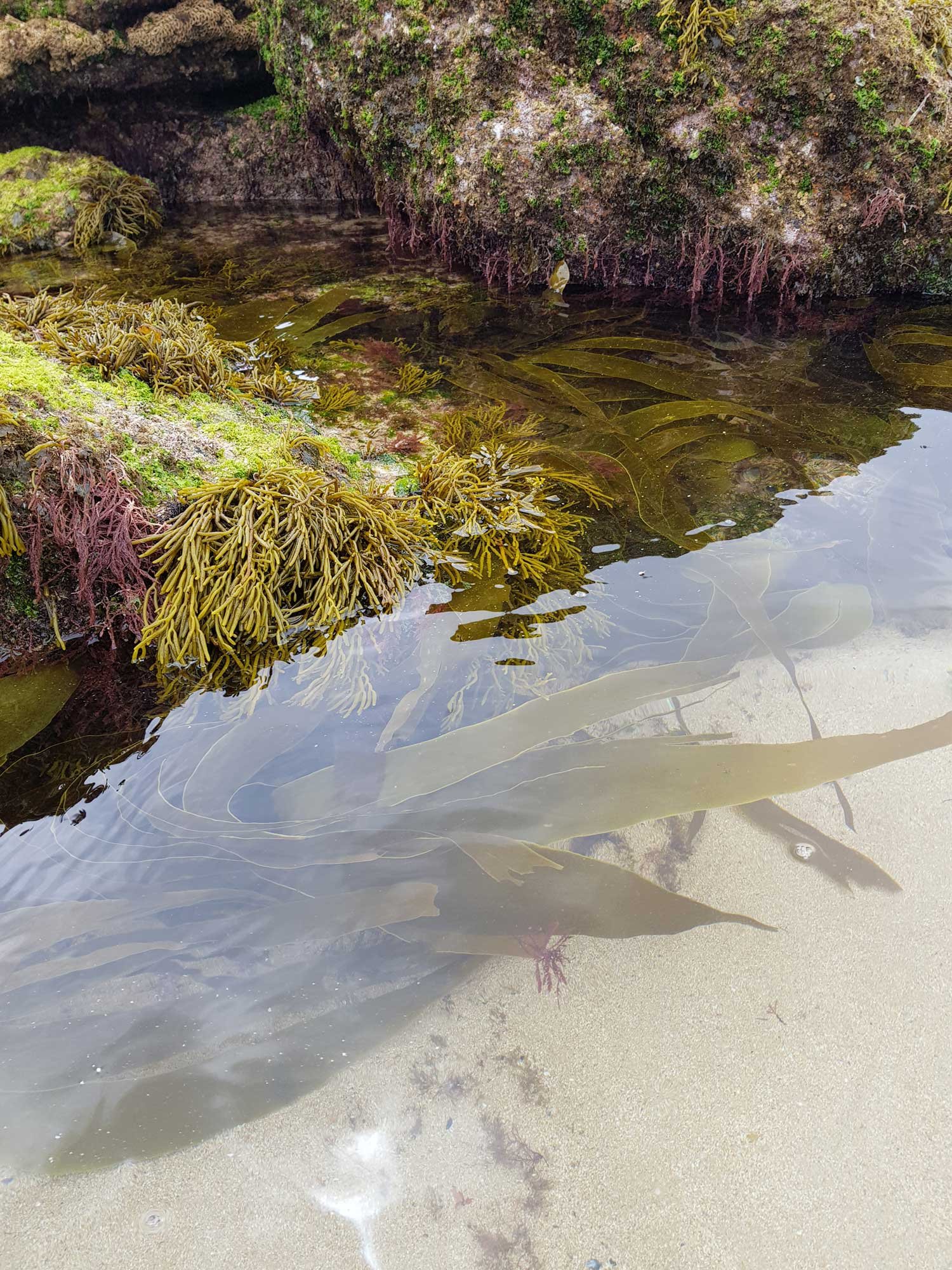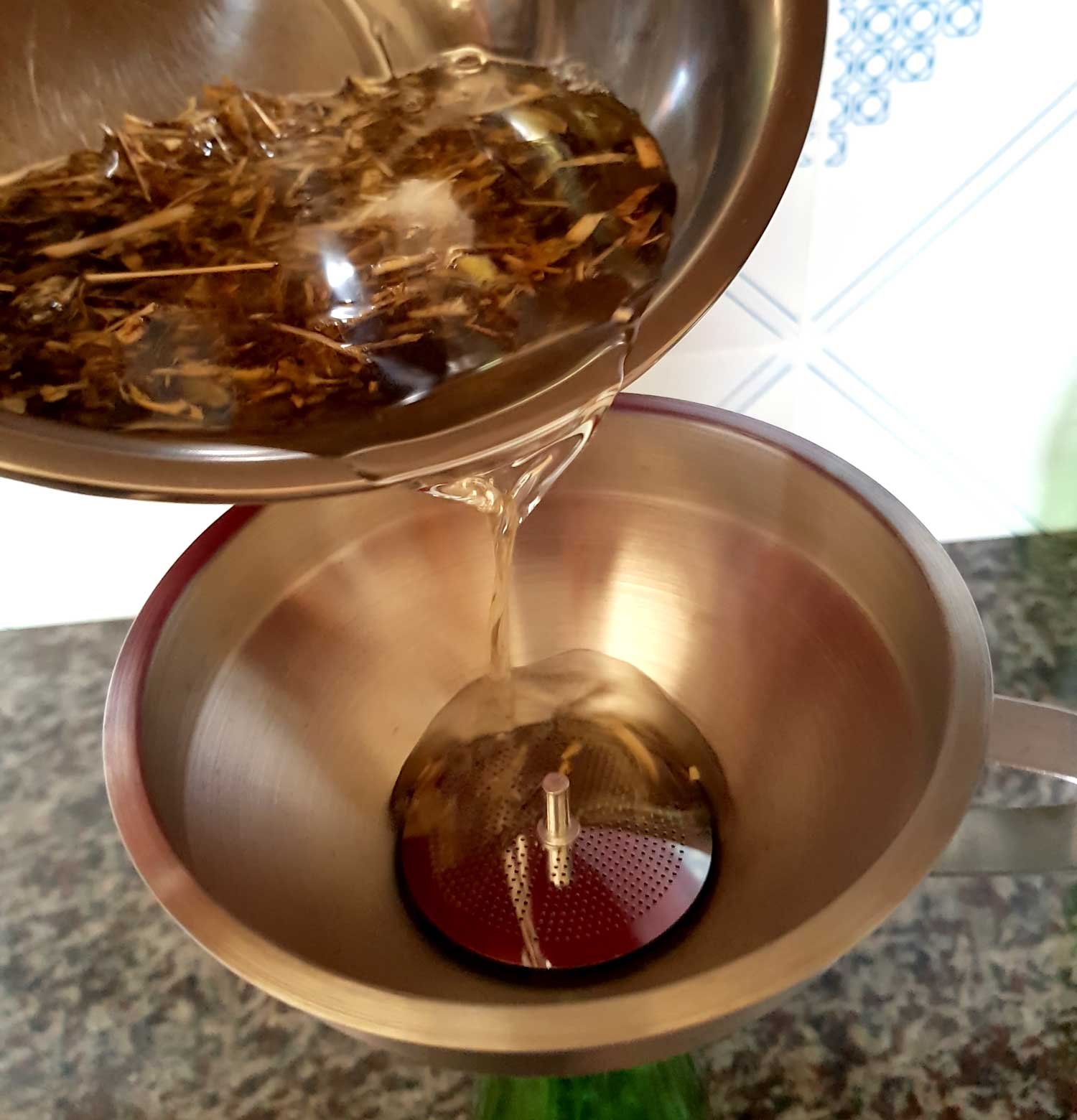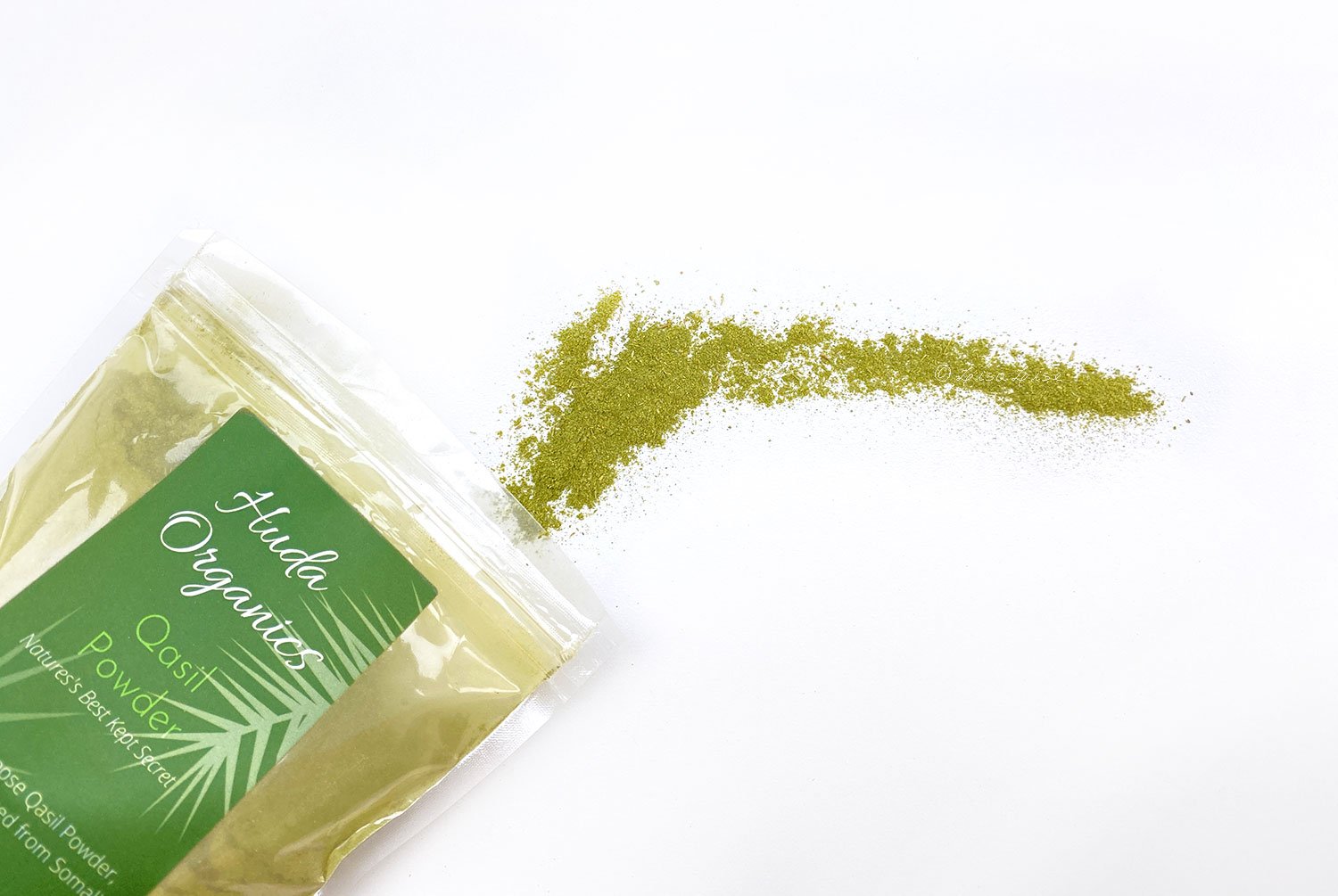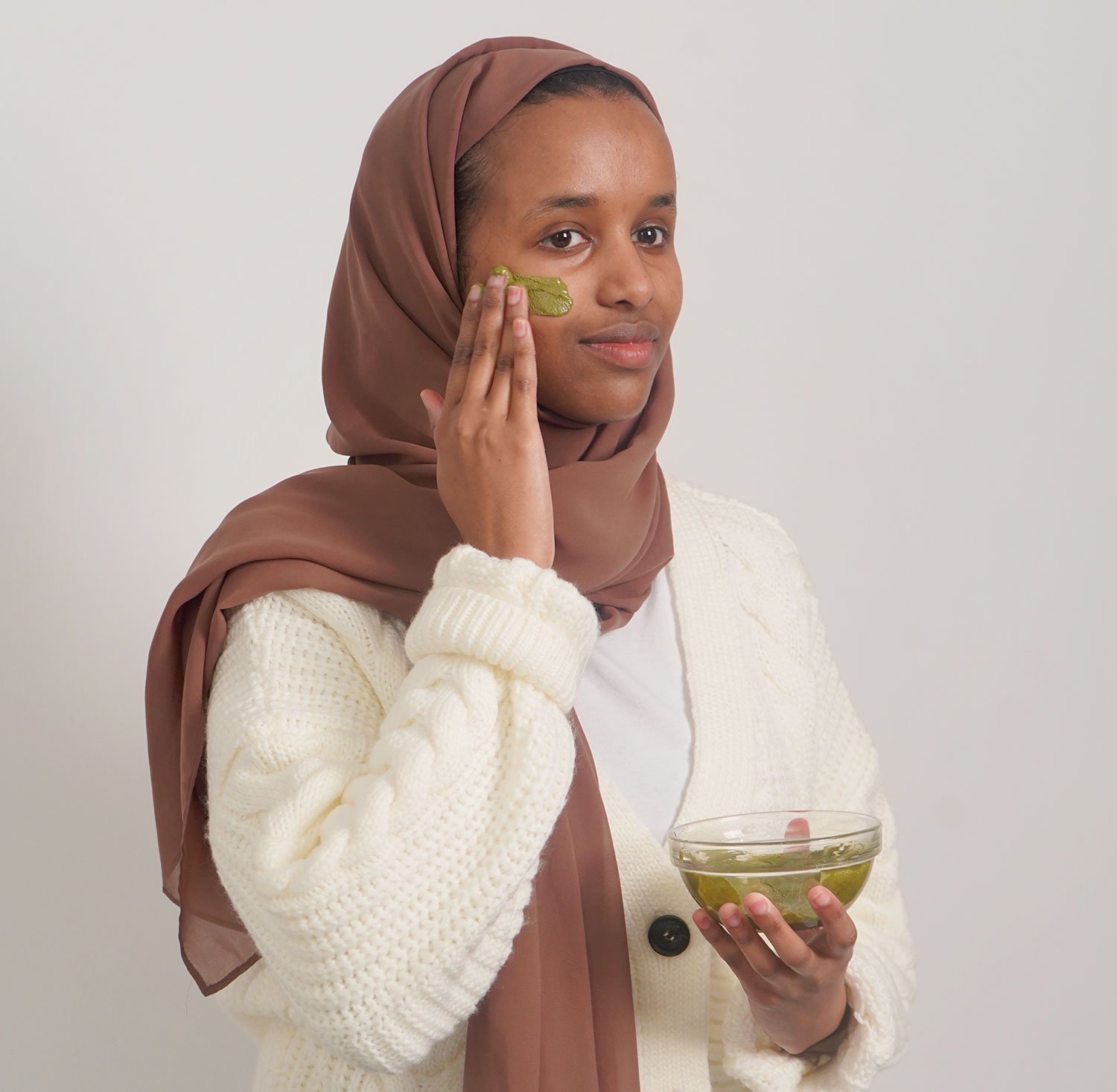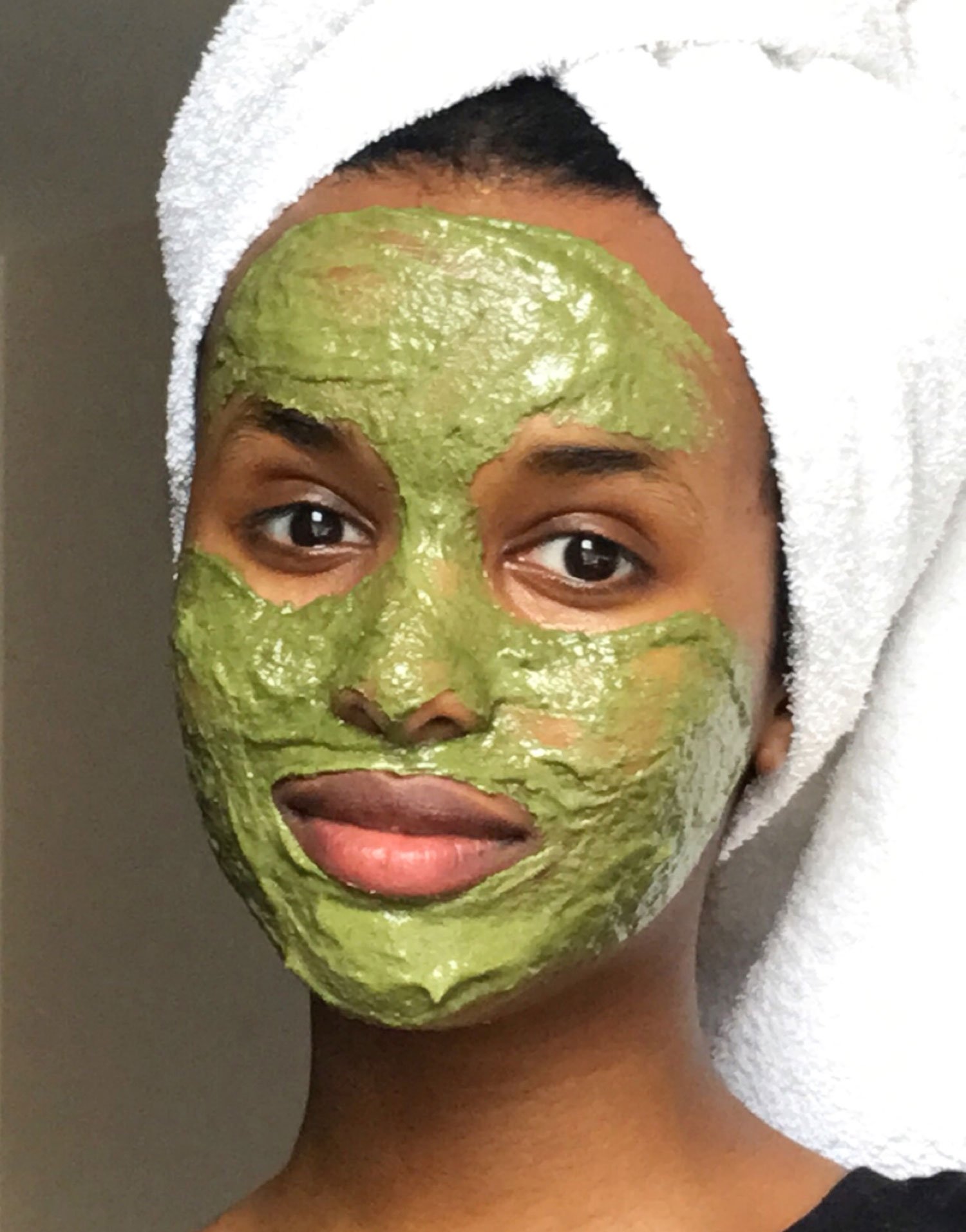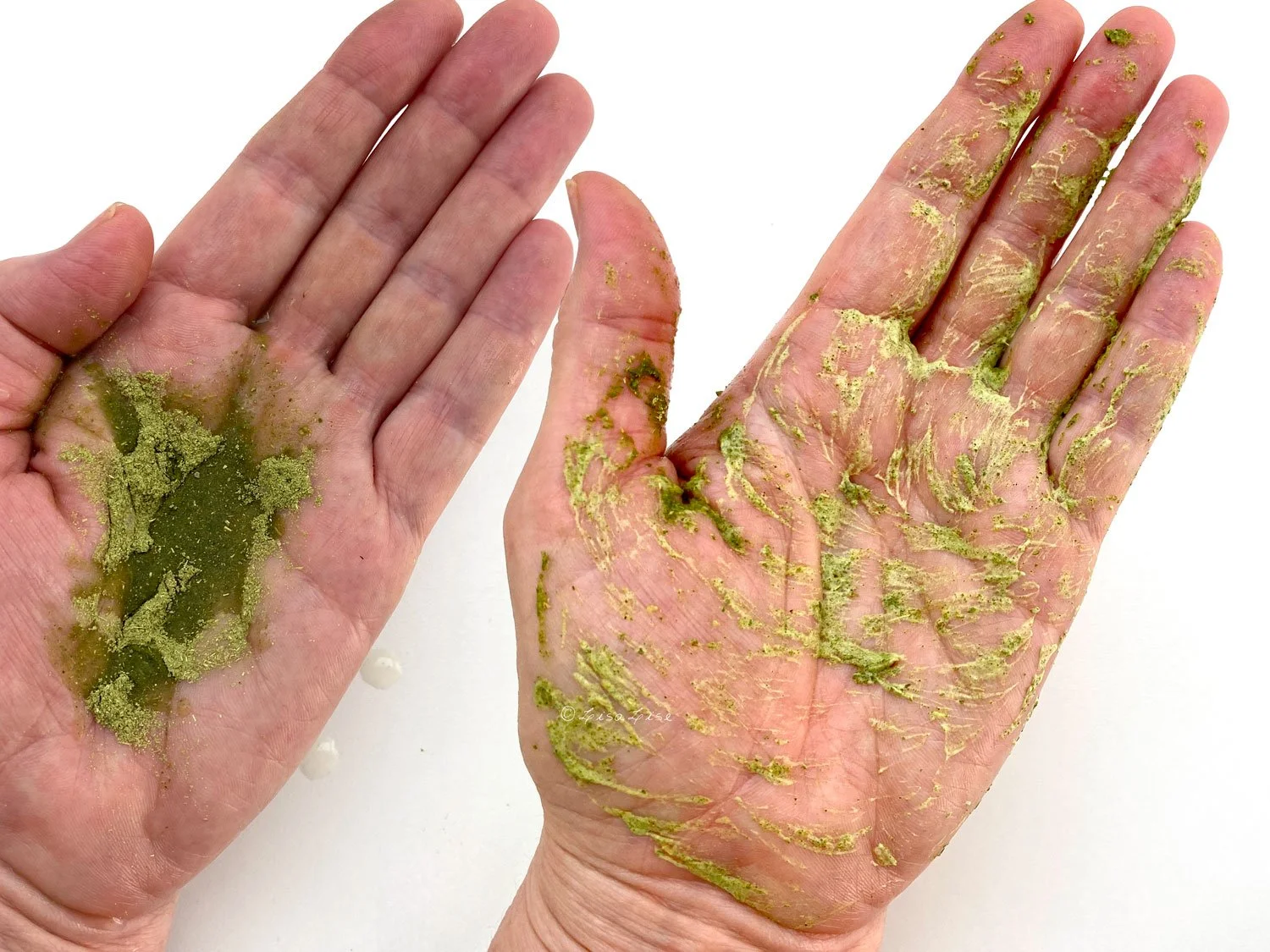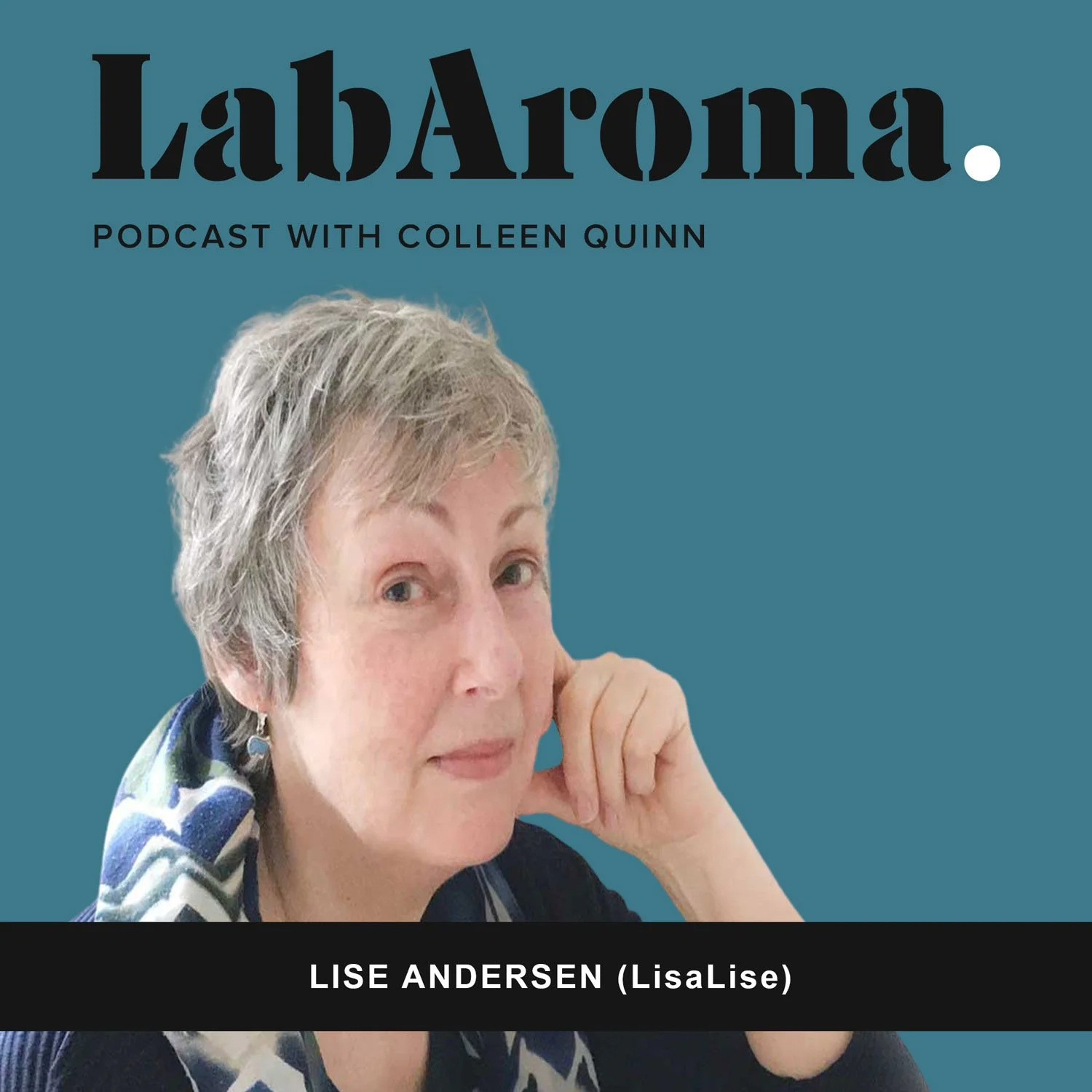Life Lessons From a Natural Cosmetics Formulator
Lise
Hello. This is me. LisaLise – the person behind this website and Formulators Kitchen.
Today, I'll be dispensing a bit of unsolicited advice and doing a self interview of sorts. This is because you asked (which would make it solicited advice, come to think of it).
Shall we begin?
Since Forever Ago
I've been doing this 'plant-based cosmetics thing' a long time before I started blogging about it in 2010 – and very long time before it became trendy.
For more years than I care to count, that placed me in some kind of un-categorizable spot in the cosmetics world that – more often than not – triggered reactions such as belittling, sneering, or patronizing.
OK, fine.
You do your thing and I'll carry on doing mine.
Fast Forward to 15 Years Ago
Things have changed quite dramatically over the past decade and a half and the cosmetics formulating world is looking much greener than it used to.
Slowly, snickers have turned into questions, and some (greatly appreciated) admiration.
In more recent years, people have even begun asking me:
'I want to do what you do – I want to follow my own path and do things 'my way'. How do I go about that?'
So today – for every one of you who have asked me this question, I'm going to tell you.
Here's how to go about doing what I do.
1: Love What You Do
Whether you want to create skincare, develop your own unique ingredients, or invent the perfect all-natural hair dye, your work should bring you joy, because here's the biggest secret of all – your work is the reward.
Let me repeat that: your work is the reward.
not money
not recognition
not subscribers
not likes
not followers
You are not on a fast track from point A to point B, but embarking on a journey of discovery that will undoubtedly bring you delights, but also disappointments.
If the work doesn't excite and inspire you; if it doesn't bring you joy and passion – then you need to find that unique thing that does.
2: Be Curious
Being curious is not looking for a cheat sheet to solve an immediate problem, but happily and willingly embarking upon a quest for understanding.
Attaining real knowledge and experience cannot be faked or fast-tracked.
If you are genuinely curious and genuinely love what you do, you will even feel excited about doing work-related 'menial' chores.
And you will grow and learn even more, and discover the more you learn, the more curious you get.
At one point, you will in all likelihood discover your unique combination of love-of-work and curiosity is even inspiring to someone on a similar path.
This is a bonus reward for doing what you love – sharing your passion.
Even though you may feel you are still on a long path of discovery, you may find some people have begun to regard you as a teacher.
Don't let that go to your head. You're still the same person you were yesterday.
Those who come to you for guidance deserve your kindness, respect, and honesty.
3: Be Honest
You don't know everything. You never will - even if you have spent oodles of time studying something, there will always be more to learn. Admit when you don't know the answer to something.
And for the sake of all that is right and good, admit if you discover you were wrong about something. You owe it to the people who regard you as an educator. You also owe it to yourself.
Learning is a lifelong process and life is an ongoing process of learning.
Be honest about who you are.
Be honest about what you do.
Be honest about what you know.
Be honest in everything you do.
Be honest.
4: Nurture Your Energy
While sharing your passion is wonderful, it can at times feel demanding.
It's OK to 'unplug' when you need to. Better to stay silent or out of the picture until you have had time to recharge. That may mean you need an at-home spa day, a walk in the forest, a long coffee break, a night on the town or a family fun weekend.
Whatever it may be, allow yourself this, because it is not a luxury. Remember that you cannot contribute anything to anyone if you are depleted.
Therefore: guard and nurture your energy.
Associate and surround yourself with people who feed your spirit and energize you - these people are your tribe.
Do not associate with toxic people. You will recognize them. They are barbarians who seek to drain your energy and break your spirit. Dismiss them from your life – block their access to you.
5: Be Prepared to Pay the Price
There are going to be bumps along the way. Following your passion has a price. People who have not yet found their own passion will see you as a threat. Some may even be colleagues. Others will be callous, insulting, condescending, or surprisingly hateful for reasons completely unknown to you.
You may experience being
harassed
lied about
ridiculed
copied
plagiarized
stolen from
It will be hard to ignore negativity of this type, and as disappointed and devastated as it will make you feel, there is only one way to overcome it.
6: Fight Hate With Love
This is a hard one to do. It really is. It will feel like it takes more purpose and conviction than you can imagine possessing.
But here's something life has taught me: nothing constructive or positive ever comes from spreading negativity.
Ever.
Answering ugliness with ugliness only makes more ugliness. Stirring up hatred is toxic. Do not feed toxicity. Turn your back to it.
This does not mean don't fight back.
It means: fight negativity with positivity.
This will not be easy to figure out in the heat of any given moment, but I promise you – if you have made a conscious choice to fight hate with love, you will figure out exactly the right thing to do at exactly the right time.
Do this, and you will always be able to see beauty – not just in the mirror, but you will recognize it in (almost) every face you see.
Do this, and you will always be able to stay focused on your passion – and that's what got you started in the first place, isn't it?
Afterthought
Reading back over this, I realise it might all sound like some kind of old idealistic hippie creed, but the truth is, that's what I am – a real life idealistic old hippie.
Peace and love, baby.
Thank you for reading.
Want to stay in touch? Please sign up for my newsletter. Just click the picture below



